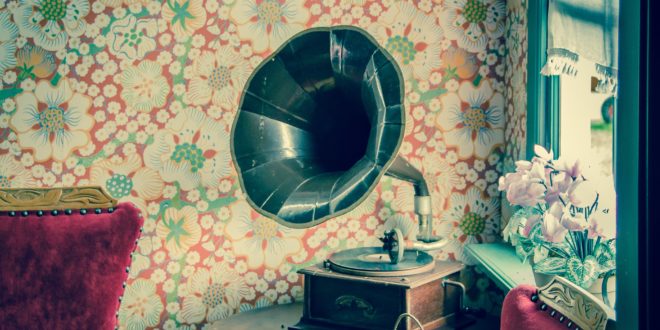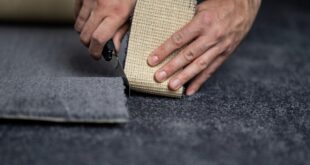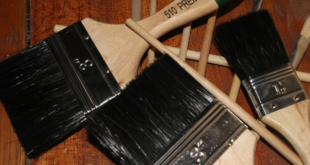Selecting an interior design style for your house is one of the most enjoyable aspects of decorating. Your choice of style may reveal a lot about who you are and how you want to express yourself, whether you like classic, contemporary, rustic, or trendy. Finding a style that suits your personality is important, but sometimes it’s also important to take care of an older or antique item that has a special meaning for you.
Retro furniture style is becoming more and more popular, driven by nostalgia!
The demand for sustainable furniture and design is soaring as environmental issues gain popularity in the general public. Promoting environmentally conscious behaviour within a house has long gone beyond discussions of foods and chemicals and is now focusing on things like materials, paintings, and furniture. The Millennial generation’s rising interest in antique furniture and décor is illuminating the future while the industry investigates various production processes and encourages recycling.
There are a few reasons why antique furniture is becoming a popular choice for many people, and because this trend is predicted to continue growing in the future, we share with you our predictions for its development.
Addressing environmental issues
Over the past couple of decades, we’ve witnessed quick and easy furniture sweeping over the business landscape. The disposable flatpacks slowly crept into our lives, cheap and convenient, promising easy and uncomplicated answers to our shifting lifestyle demands.
It is easy to view furniture as a temporary fix—functional items made to endure a few years before being thrown away—with mobility on the increase.
But the strain this way of thinking has put on the environment over time is growing. We can no longer turn our heads and pretend like this is a sustainable practice.
The source of the production materials is also being investigated. Although environmentally friendly manufacturing methods and renewable resources may increase the cost of the furniture, consumers are willing to pay a premium to reward the businesses for their ethical practices.
Vintage is good for the environment.
Despite our best efforts and use of only responsible materials and procedures, new items continue to feed the consumerist beast. Choosing vintage means utilizing what is already in place. It entails paying respect to the craftsmanship of the past and appreciating excellence that has lasted the test of time. By choosing vintage, we reduce waste and increase our access to long-lasting furniture, which relieves strain on landfills.
Older objects encourage individual expression.
Our individual styles started to fade as mass-produced furniture altered the market landscape. But we were unaware of how identical our houses had become until we exposed them to social media.
Using vintage art deco furniture can help combat the uniformity. These items allow for experimentation and personalisation in addition to being uncommon (and occasionally even unique). You may transform a plain second hand store purchase into a treasure with a little paint or some straightforward upholstery work.
It focuses on the narrative and the connection.
Old furniture has a backstory. The joy of learning about an amazing object’s past increases our appreciation of it. We may find it difficult to understand why we crave stories so much, but one thing is certain: we will continue to embrace home decoration trends that emphasize authenticity and flaws.
Vintage creates a peaceful, comfortable atmosphere
We feel at ease in our homes when the furniture is used and has little scratches and rust. They help us accept and feel at ease with things’ inevitable degradation by serving as a constant reminder that nothing is too valuable.
Interiors that are too uniform quickly lose their appeal, while houses that take time to develop by layering old and new items keep people interested because they seem timeless, one-of-a-kind, and very personal.
It benefits your wallet.
Vintage and antique items can cost anything from a few pounds to a small fortune, depending on what you are looking for and how persistent and committed you are in your quest. However, it is obvious that they do maintain their worth and exceptional build quality.
Conclusion:
The trendiest house décor is vintage. But it might be difficult to get started with so many options available. Hopefully this article will make this process easier by providing examples and suggestions for your journey to finding vintage pieces that will stand out.
 Homeowners Club If you are one of the 15 million homeowners in the UK, the free to join online Homeowners Club is for you.
Homeowners Club If you are one of the 15 million homeowners in the UK, the free to join online Homeowners Club is for you.








